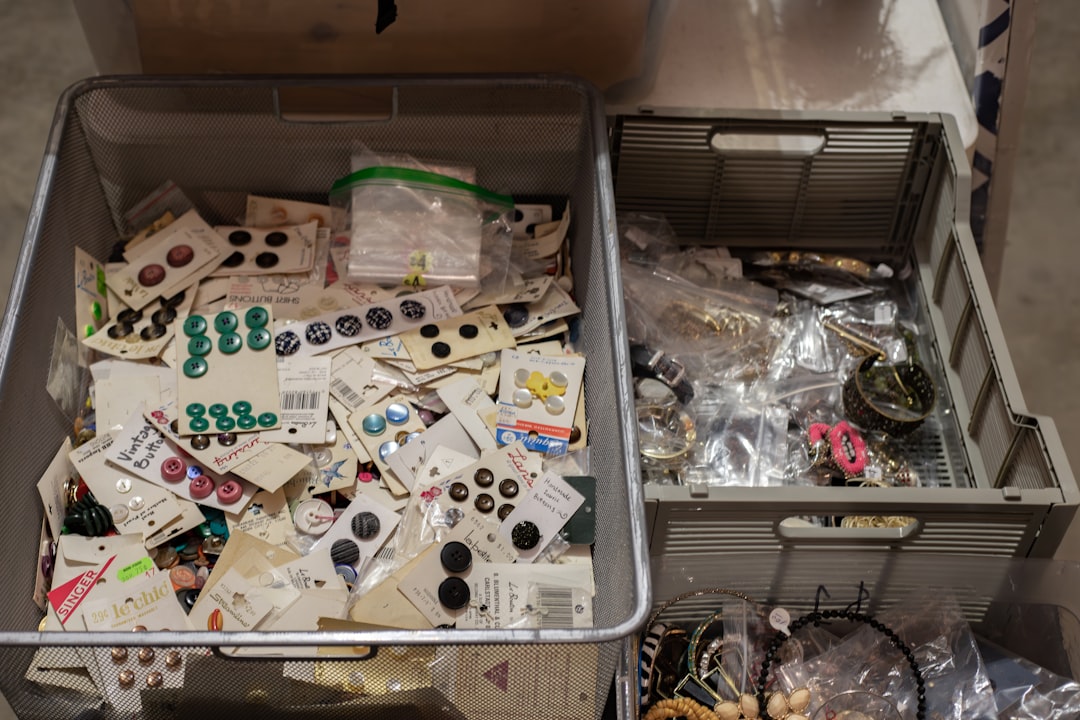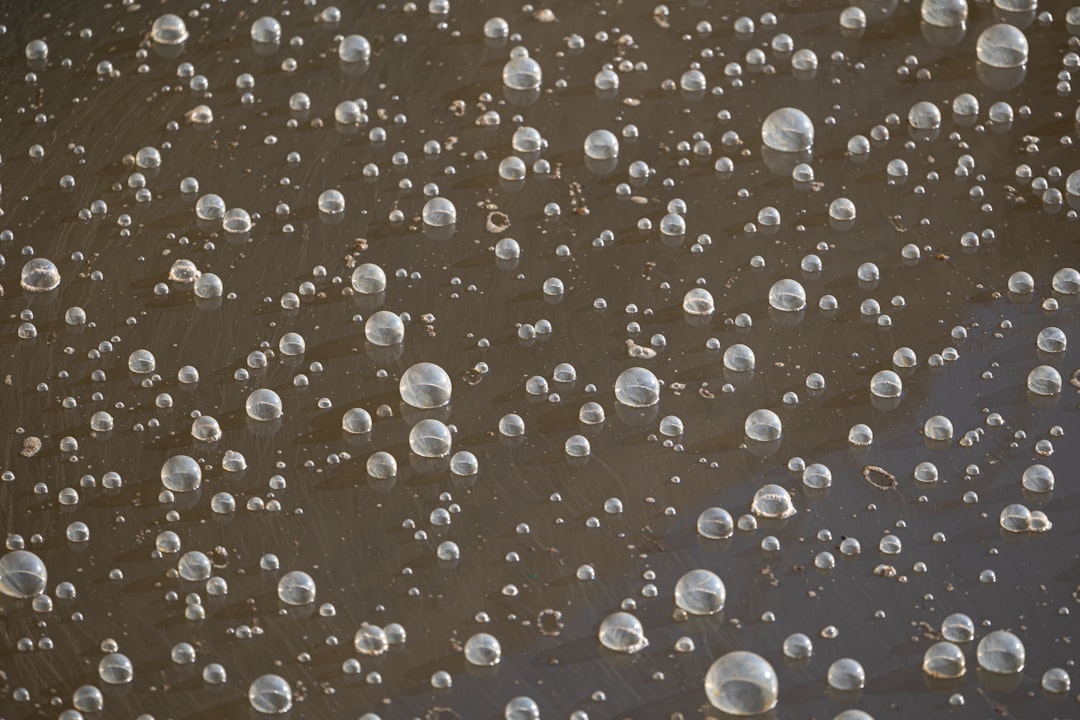Sorting concentrates is an essential process in various industries, particularly in mining, recycling, and food processing. This procedure involves separating valuable materials from unwanted substances to improve efficiency, enhance product quality, and reduce waste. For those unfamiliar with the concept, the idea of sorting concentrates may sound technical or overwhelming. However, when broken down step-by-step, it becomes much easier to understand.
This article aims to provide a beginner-friendly explanation of sorting concentrates, how it works, and its benefits and drawbacks. Whether you’re venturing into mining, working in waste management, or simply exploring the many uses of material separation, this explainer will cover the fundamental aspects you need to know.
What Is Sorting Concentrates?
Sorting concentrates refers to the method of dividing ore or mixed materials into valuable and non-valuable components based on specific physical or chemical properties. The objective is to extract the highest possible concentration of a desired material and remove dilute or unnecessary matter. This process is often the precursor to further refining or manufacturing stages and can involve both mechanical and automated techniques.
Common Industries That Use Concentrate Sorting
- Mining: Separates metal ores from surrounding rock.
- Recycling: Sorts recyclable elements such as plastics, metals, and glass.
- Agriculture: Used to sort grains and seeds by size, weight, and purity.
- Food processing: Separates quality products from damaged or defective ones.

Types of Sorting Methods
There are several methods used to sort concentrates, each tailored to the properties of the materials being processed. Some are more manual, while others rely on sophisticated technology to enhance sorting speed and accuracy.
1. Manual Sorting
This is the most basic form of sorting. It involves workers visually inspecting and separating materials by hand. Though labor-intensive, manual sorting is still widely used for its simplicity and cost-effectiveness in small-scale operations.
2. Gravity Separation
This technique separates materials based on their density. Heavier substances sink while lighter ones rise, making it one of the oldest but most efficient sorting methods in use, especially in mining and mineral processing.
3. Magnetic Separation
With magnets, materials that have magnetic properties are isolated from non-magnetic ones. This method is particularly useful in metal recovery operations and for removing metal contaminants.
4. Optical Sorting
Optical systems use cameras, lasers, or other sensors to identify and separate items based on color, size, or shape. It is common in recycling and food processing industries.
5. Flotation
This process uses chemical reagents and air bubbles to separate hydrophobic (water-repellent) materials from hydrophilic (water-attracting) ones. It is often employed in mineral refining.

Benefits of Sorting Concentrates
The sorting of concentrates offers a range of advantages when applied thoughtfully. It boosts productivity and ensures high-quality output in almost any material-focused industry.
- Improved Efficiency: Sorting streamlines production by removing impurities early on, saving time and resources in downstream processes.
- Cost Reduction: By reducing waste, energy, and labor needs, businesses can reduce operational costs significantly over time.
- Product Quality: Sorted concentrates result in higher-quality products that meet industry standards.
- Environmental Impact: Efficient sorting reduces waste that would otherwise end up in landfills or require additional processing.
- Resource Recovery: Particularly in recycling, sorting allows for the recovery of valuable materials that might otherwise be discarded.
Drawbacks to Consider
Despite its advantages, concentrate sorting also has some limitations. Understanding these helps in determining whether the practice is suitable for a specific application or scale of operation.
- Initial Investment: Advanced sorting systems can be expensive due to the technology and hardware involved.
- Maintenance: Sorting machines, especially those with sensitive sensors and moving parts, require regular upkeep.
- Inaccuracy in Manual Systems: Human error can compromise sorting accuracy when done manually or in less automated environments.
- Energy Use: High-tech sorting systems may consume significant amounts of energy, increasing utility costs.
- Complex Setup: Some methods, such as flotation or optical systems, require precise configurations and trained operators to function effectively.
Getting Started with Sorting
For those new to concentrate sorting, the best approach is to begin with a small-scale, low-cost method such as manual or gravity separation. As experience grows and operations expand, one can consider investing in more sophisticated technologies like optical or magnetic sorting systems.
Consulting with industry experts or equipment manufacturers is highly recommended before selecting a sorting system. It’s essential to evaluate the material characteristics, volume throughput, budget constraints, and long-term goals.

Conclusion
Sorting concentrates plays a vital role in optimizing the value and usability of raw materials. With various sorting techniques available, businesses and operators have the flexibility to choose the best system that fits their application and budget. By understanding the pros and cons, beginners can make informed decisions and set themselves up for operational success.
Frequently Asked Questions (FAQ)
-
What is the best method for beginners?
Manual and gravity separation are the most beginner-friendly due to their simplicity and minimal cost. -
Can I automate the sorting process?
Yes. With enough budget and technical support, optical and magnetic sorting systems can be fully automated. -
Is sorting only profitable for large operations?
No. Small and medium-scale businesses can benefit from sorting, especially when targeting high-quality outputs or reducing waste. -
What materials can be sorted using flotation?
Flotation is typically used for ores like sulfides, platinum group metals, and some non-metallic minerals. -
Does sorting affect environmental sustainability?
Yes, sorting reduces waste and resource consumption, making operations more environmentally sustainable.



Leave a Reply